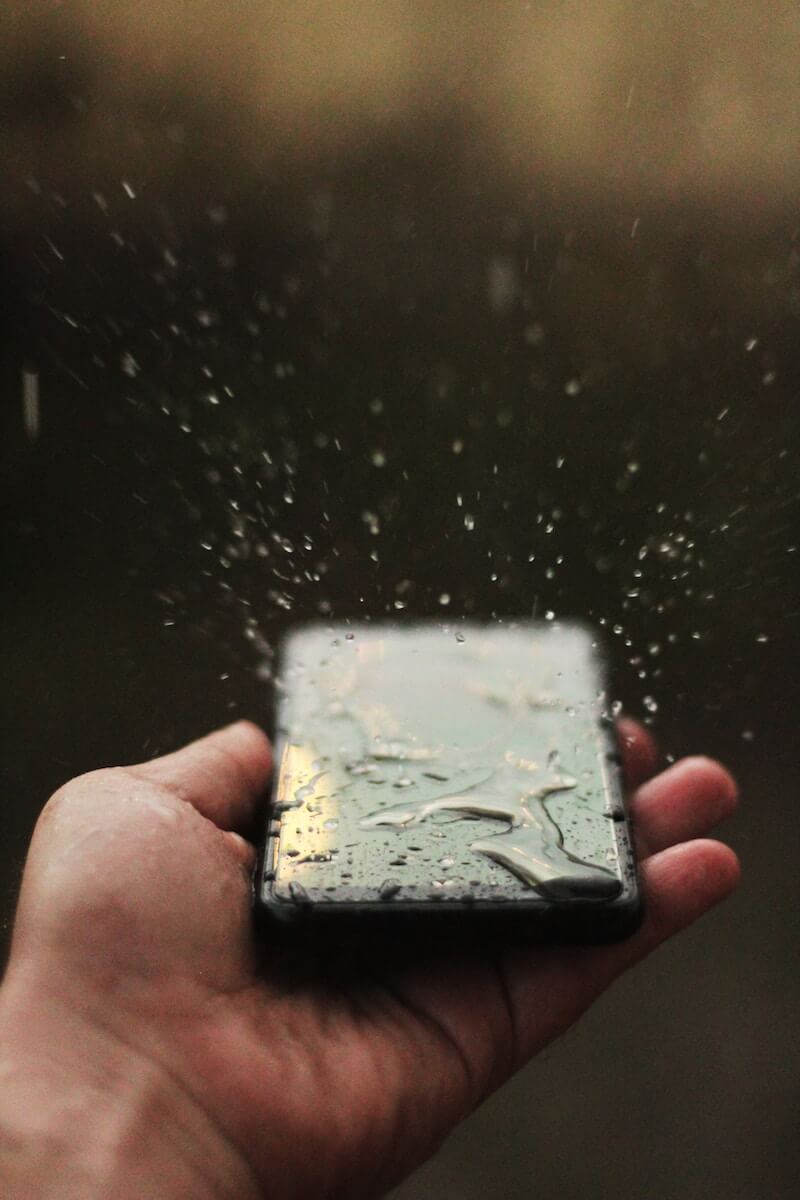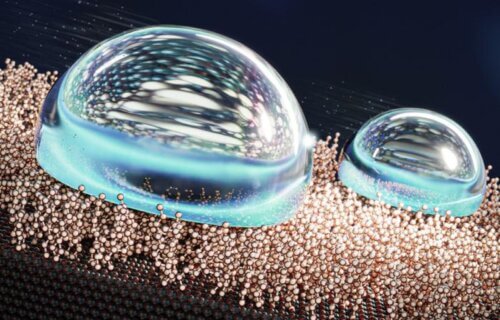ESPOO, Finland — Scientists claim to have developed the most water-repellent surface ever known, with the potential applications spanning from protecting pipes and smartphones to vehicles and boats.
Researchers at Aalto University in Finland took a deep dive into the slipperiness of water molecules, ultimately resulting in the creation of the world’s “slipperiest liquid surface.”
This innovation repels water by ensuring that droplets effortlessly slide off surfaces. To achieve this effect, the team engineered solid silicon surfaces featuring a “liquid-like” exterior layer. This ultra-mobile top layer serves as a lubricant, minimizing the interaction between the product and water droplets.
“Things like heat transfer in pipes, de-icing and anti-fogging are potential uses. It will also help with microfluidics, where tiny droplets need to be moved around smoothly, and with creating self-cleaning surfaces. Our counterintuitive mechanism is a new way to increase droplet mobility anywhere it’s needed,” says Sakari Lepikko, the study’s lead author, in a media release.
The researchers developed the ability to precisely control the extent to which the liquid coating, referred to as self-assembled monolayers (SAMs), enveloped the silicon. Intriguingly, as Lepikko, a doctoral candidate, pointed out, the silicon became equally slippery whether it was extensively coated with SAM or minimally so.

“Our work is the first time that anyone has gone directly to the nanometer-level to create molecularly heterogenous surfaces,” Lepikko continues.
“I find it very exciting that by integrating the reactor with an ellipsometer, that we can watch the self-assembled monolayers grow with extraordinary level of detail,” notes Aalto University professor Robin Ras. “The results showed more slipperiness when SAM coverage was low or high, which are also the situations when the surface is most homogeneous. At low coverage, the silicon surface is the most prevalent component, and at high, SAMs are the most prevalent.”
“It was counterintuitive that even low coverage yielded exceptional slipperiness,” Lepikko adds.
Looking ahead, the team’s objective is to refine and enhance the layer’s durability.
“‘The main issue with a SAM coating is that it’s very thin, and so it disperses easily after physical contact. But studying them gives us fundamental scientific knowledge which we can use to create durable practical applications,” Lepikko concludes.
The findings are published in the journal Nature Chemistry.
You might also be interested in:
- Best Waterproof Speakers: Top 5 Brands Most Recommended For Outdoor Listening
- Best Waterproof Mascara: Top 5 Products According To Beauty Experts
- Best Rain Jackets For Women: Top 5 Coats Most Recommended By Experts
South West News Service writer Pol Allingham contributed to this report.

